What is this obsession that Americans have with the V8? Straight-sixes and V12s are smoother, four-cylinder motors offer better economy and an inline-five or V10 can sound superb. It may have taken a few false starts to get going but by 1915 Cadillac had started mass-producing its first V8, a 5.4-liter 70-hp unit that could power its early cars to an impressive 65 mph. Oldsmobile, Chevrolet and Ford all soon followed suit and by the late ‘30s this engine configuration had truly taken off. Part of their appeal was that the basic layout allowed for a lot of flexibility.
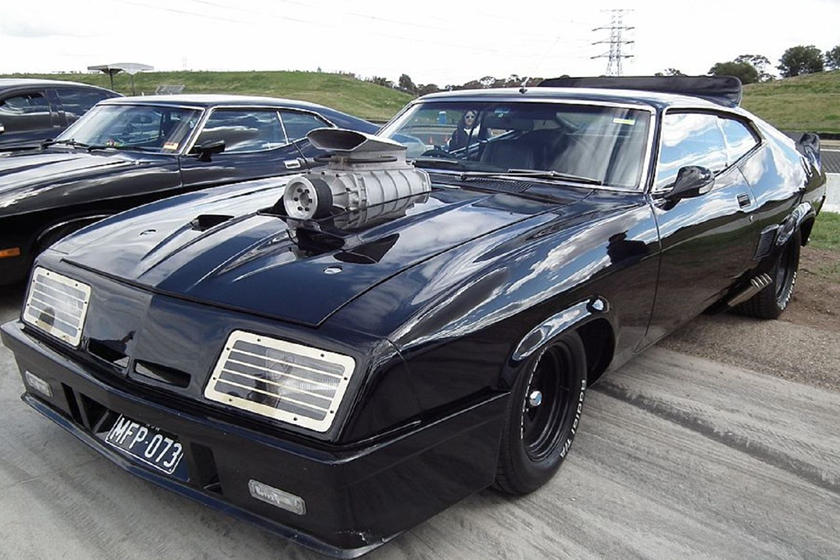
Engineers could choose to go with a flat-plane crank for more power or cross-plane crank for additional torque. The compact V layout meant that it could just about fit into the space of a four-cylinder engine bay and it was shorter than six or 12-cylinder designs. Most V8s were fitted to more aspirational cars but Henry Ford’s flathead V8 became one of the first to be fitted to more accessible vehicles. Engine technology has moved on greatly since those early days and today’s V8s have overhead camshafts, direct injection, variable valve control, turbochargers and in some cases even electrical assistance.
 Ford Flathead
Ford FlatheadBut let’s start with that flathead V8 that Henry Ford introduced to the world in 1932. Its advanced crankshaft design, high pressure oil lubrication and one-piece block were pretty revolutionary for the time. The low price point was an additional draw card and variations of this engine powered countless Fords well into the ‘50s. Hot rodders also loved the Flathead V8, as it could be run on a shoestring budget and it dominated the modifying scene until the more efficient OHV V8s started to arrive.
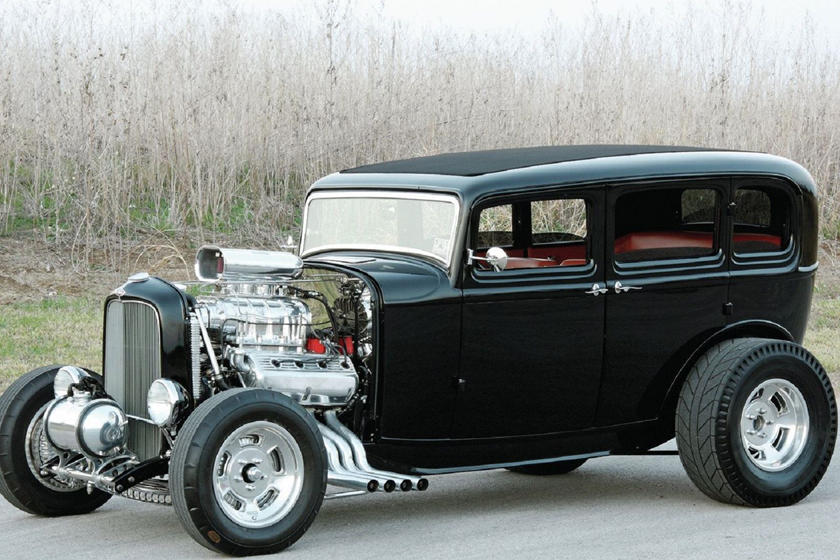
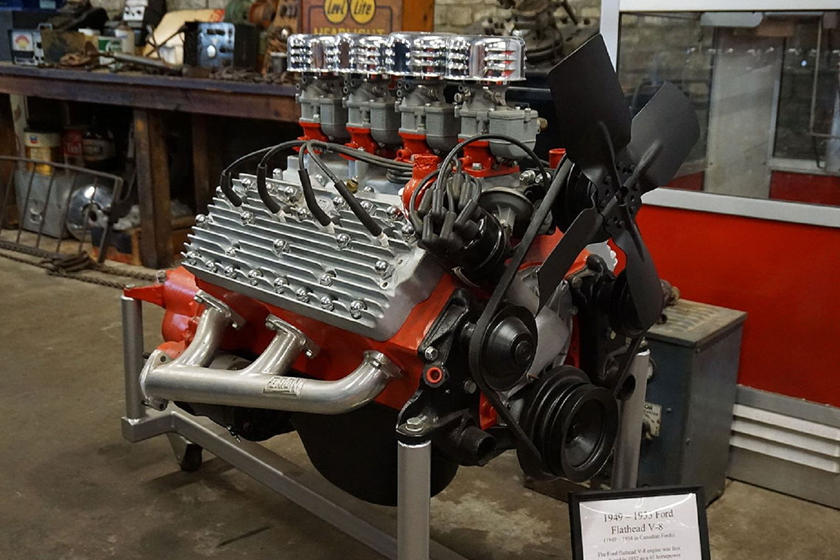 Rover V8
Rover V8The V8 may have been invented by a Frenchman and used in a Rolls-Royce before American entrepreneurs got their act together, but once they did they made it their own. An example of this can be found in the Rover V8, the most British of all V8s. It was built in the UK from 1960 all the way up until 2006 and found its way into everything from TVRs to Land Rovers and even limited-production Morgans. What most people don’t know is that the design began life as the Buick 215. It was an all-aluminum unit and was also fitted to the Oldsmobile Jetfire, the world’s very first turbocharged engine.
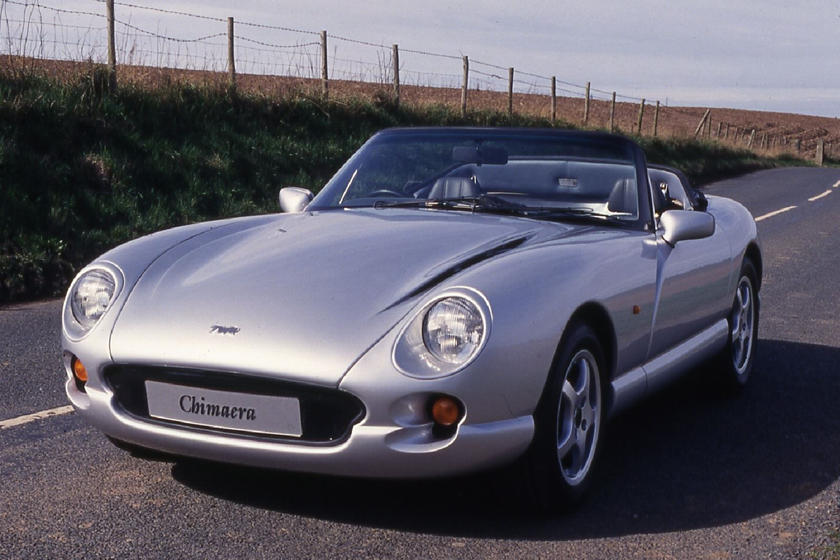
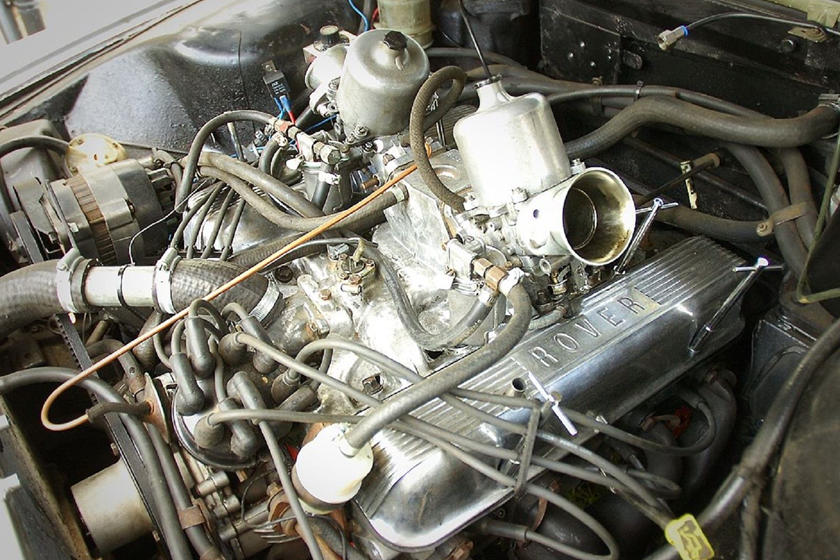 Chevy Small-Block
Chevy Small-BlockThe Chevy small-block V8 started life off in 1955 fitted to the first-generation Corvettes. It was stuffed into countless other models in capacities ranging from 4.3 all the way up to 6.6 liters. The small-block design lasted until 2003 with the Gen II small-block arriving in 1992. These versatile engines could produce up to 390 hp in standard form and they are still available to order as ‘crate motors’ and are a favourite among tuners looking for reliable horsepower. The all-new LS V8s were introduced in 1996 and this is the line of engines that powers current GM vehicles. The latest Gen V units feature direct injection, active fuel management and even variable valve timing.
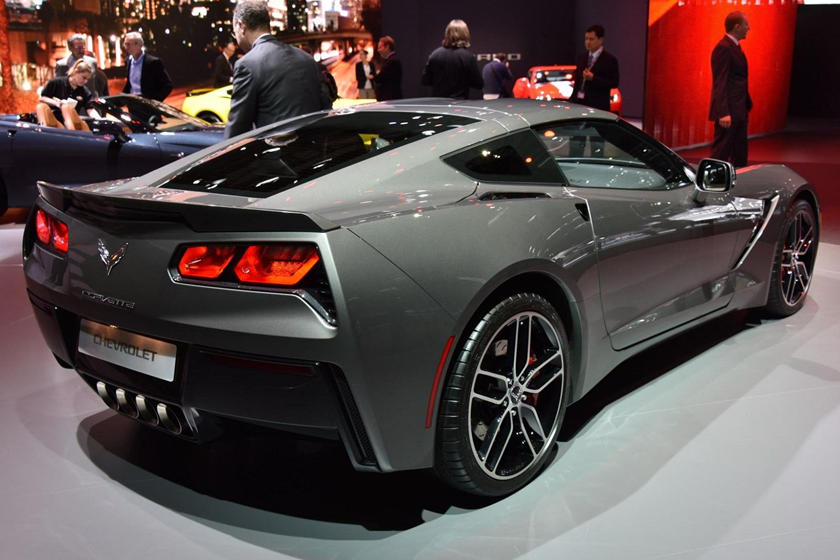
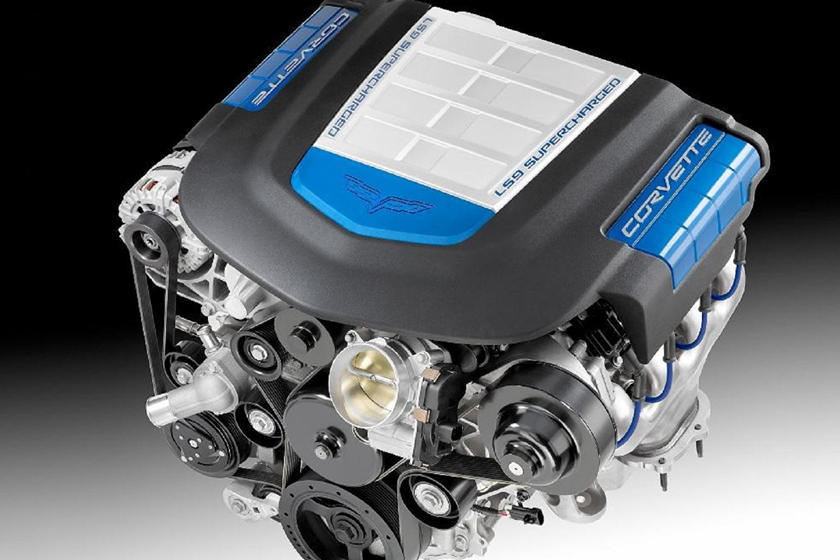 Chrysler HEMI
Chrysler HEMIThe Chrysler Hemi engines have become synonymous with power and performance since they first hit the scene in 1951. The nickname ‘Hemi’ was derived from the fact that these engines had hemispherical combustion chambers. The design was not unique to Chrysler nor was it necessarily a superior way to extract more power from an engine, but most Hemis were large capacity motors that made plenty of power. There have been some truly iconic Hemi V8s. The first being the 426 Hemi fitted to the 1970 Plymouth Barracuda and most recently, the 707-hp supercharged 6.2-liter V8 fitted to the Dodge Charger Hellcat and even madder 840-hp Challenger SRT Demon.
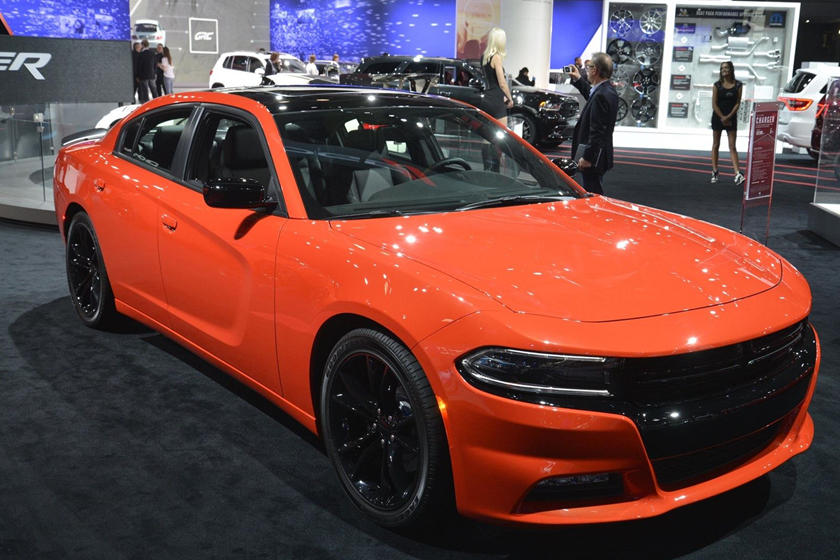
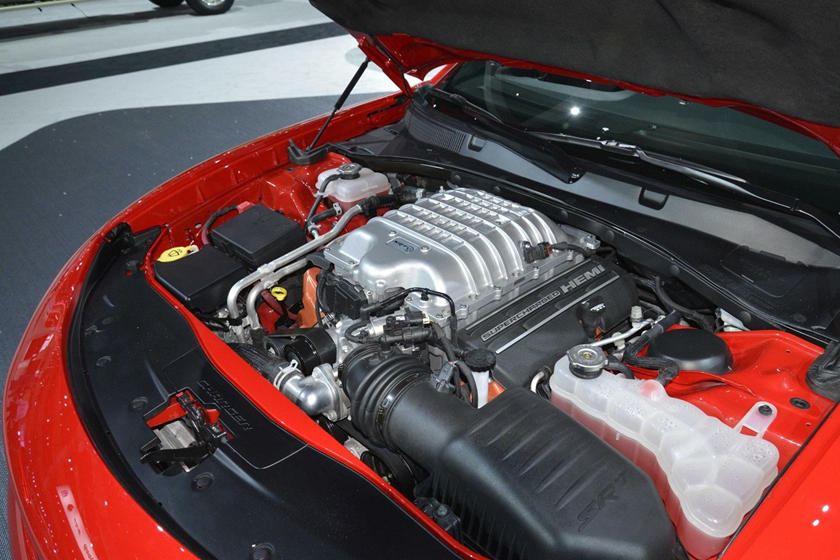 Ferrari F106
Ferrari F106The Ferrari F106 V8 was first used in the awkwardly proportioned (and named) Dino 308 GT4 2+2 back in 1973. It made a very strong 250 hp from 2.9 liters and unlike the overhead-valve pushrod designs that dominated the American scene, used a flat-plane crank and had dual-overhead camshafts. This layout was the basis for every mid-engined Ferrari V8 right up until the 360 that ceased production in 2005. It saw duty in the 308, F355 and even the twin-turbocharged F40. Multivalve heads and electronic fuel injection were introduced over the years, helping power outputs grow to 400 hp in unboosted form and 477 hp when fitted with turbos.
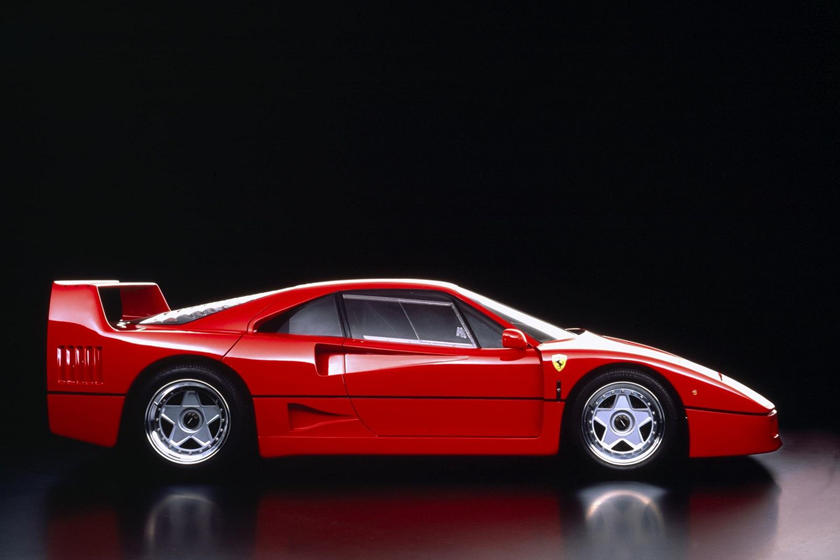
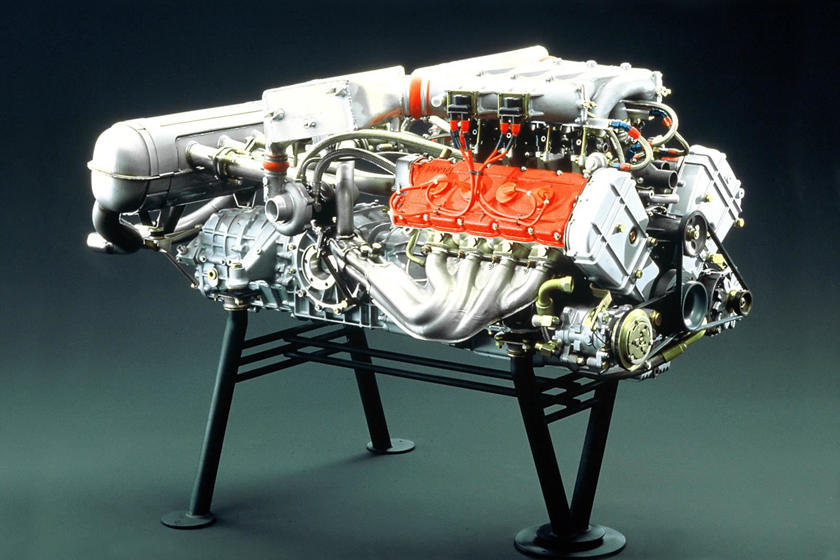 Maserati/Ferrari F136
Maserati/Ferrari F136The F136 made its debut in the 483-hp 4.3-liter F430 in 2004, it peaked in the 458 Speciale making a massive 597 hp from just 4.5 liters. The Maserati Quattroporte and GranTurismo models also received a modified cross-plane crank version of this motor, best known for having one of the most captivating exhaust notes ever. The 454-hp 4.7-liter Maserati GranTurismo was perhaps the best sounding of the lot. The Ferrari 488GTB replaced the 458 in 2015 and brought with it a new turbocharged F154 V8, signalling the end of the naturally aspirated Ferrari V8.

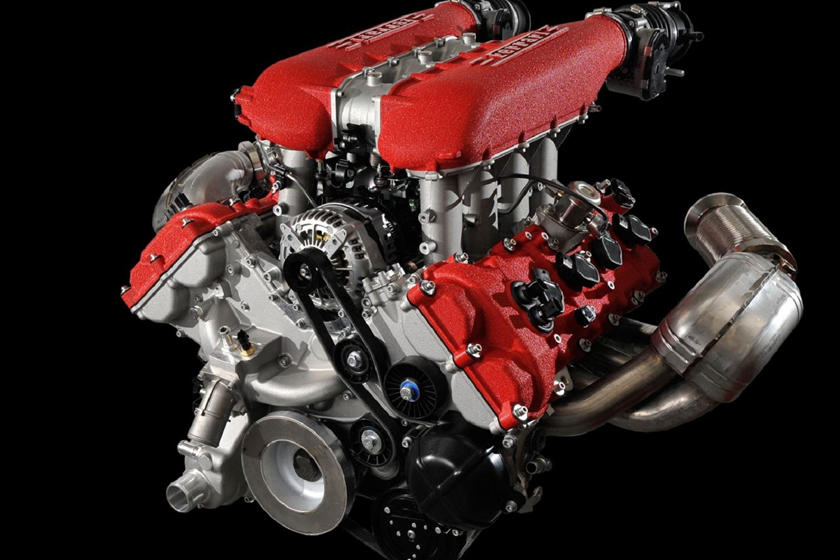 Audi FSI
Audi FSIAudi has been pushing turbocharged motors on us for decades, so it came as a bit of a surprise then when their BMW M3–rivalling B7 generation RS4 came fitted with a high-revving 420-hp 4.2-liter V8. It was perhaps even more surprising to find a dry-sump lubricated variant in their mid-engined R8 sports car. It proved to be a very capable power unit, featuring stratified fuel injection for the first time on a production car and able to rev to 8,250 rpm, and it also made all the right noises. The naturally aspirated V8 was last used in the previous generation 444-hp RS5. Audi has gone back to turbocharging its V8s and the latest versions develop up to 600-hp.
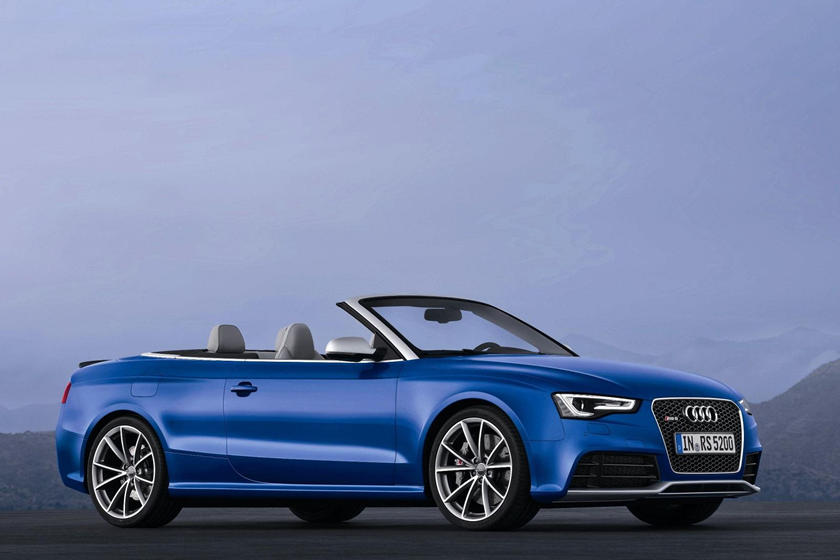
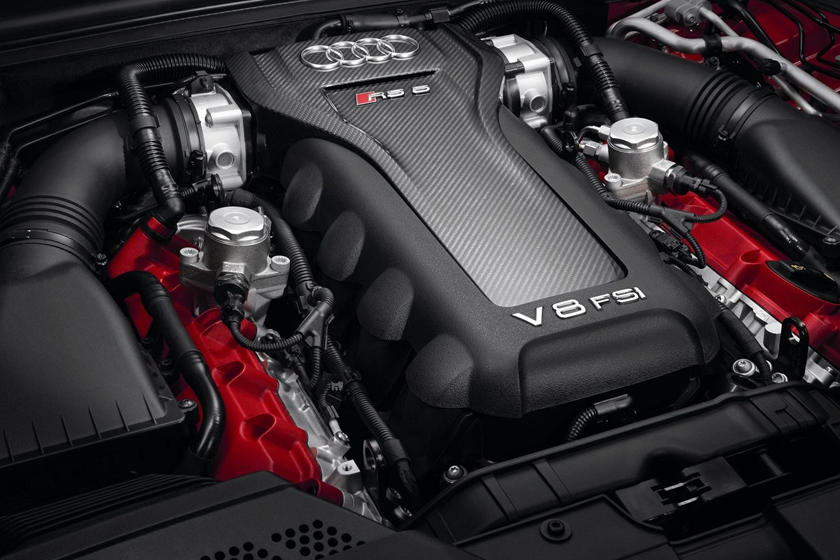 BMW V8
BMW V8BMW has been fitting V8s to their luxury models for many decades and two of the best have been the S65 414-hp 4.0-liter unit in the old E90 M3 and the S62 400-hp 4.9-liter engine fitted to the late-‘90s M5. These marked the pinnacle of non-turbo V8 development at BMW, but the latest 4.4-liter twin-turbo S63 is a modern masterpiece. In standard form it makes a formidable 600 hp and provides the latest generation M5 with the firepower to take on supercars. It responds instantaneously to throttle inputs and with 553 lb-ft of torque, provides in-gear acceleration that the naturally aspirated V8s could never match.
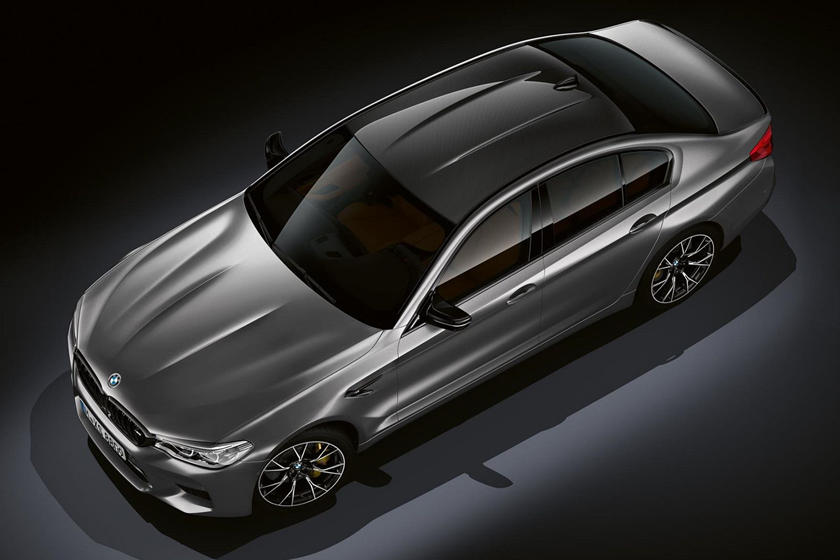
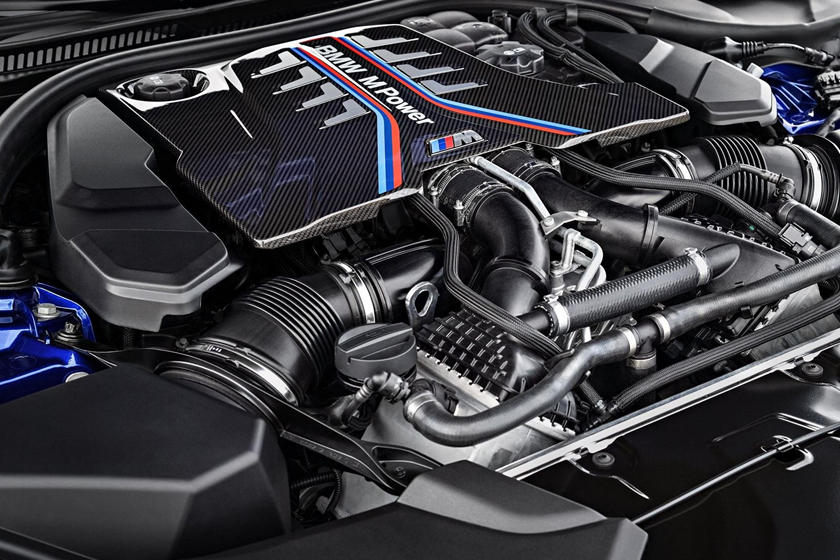 Mercedes 6.2-liter
Mercedes 6.2-literMercedes has also gone the route of turbocharging for their latest 4.0-liter V8s. The one we still love, though, is the M156 6.2-liter V8 that initially powered the 467-hp C63 AMG. It featured a whole host of performance upgrades compared to the rest of the Mercedes range and went on to power just about every range-topping AMG model from the CL63 AMG right up to the SL63 roadster. The ultimate version of this motor was dubbed the M159 and was used in the SLS supercar, producing 622 hp. Mercedes’ V8 legacy continues in cars like the AMG GT R Coupe, with its 577-hp twin-turbo V8.
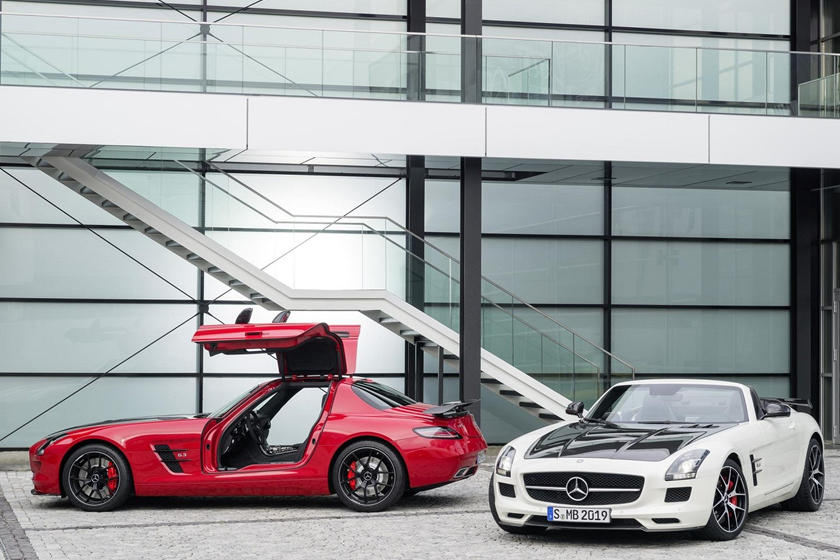
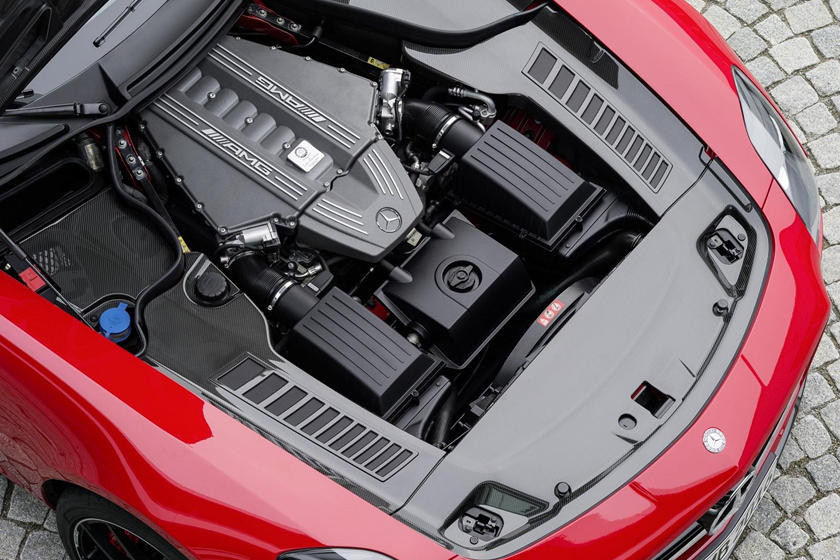 McLaren V8
McLaren V8McLaren Automotive opened its doors in 1963 and while it has been extraordinarily successful in motorsport, it wasn’t until much later that it turned its focus to road cars. The game-changing McLaren F1 was first to arrive in 1992 but we had to wait until 2011 for the MP4-12C for their first V8-powered supercar. And what a car that was. The M838T twin-turbo 3.8-liter V8 in that model made 592 hp and peaked at a mighty 727 hp in the hybrid P1 hypercar. The recently released 720S is the first new model to feature a comprehensively updated engine, codenamed M840T, making 710 hp in this application and we expect some big numbers from it in upcoming models.

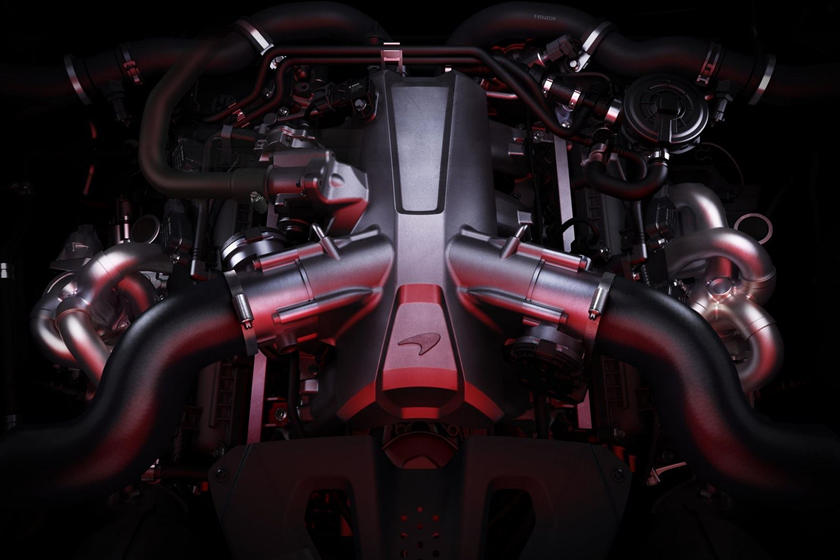 Lexus 1UZ-FE
Lexus 1UZ-FEWhile there are many more great V8s out there we just couldn’t leave out our sole Japanese entrant. The 4.0-liter Lexus 1UZ-FE was introduced in 1989, featuring dual overhead camshafts and four valves per cylinder. It was relatively advanced for its time, while its supreme smoothness and bulletproof reliability made it popular over the years. Fitted to cars like the luxurious LS400, these engines initially produced 256 hp but made 300 hp with the addition of variable valve timing and other updates in later versions. Like the Chevy small-block motors, these 1UZ-FE motors have found their way into a huge number of varied applications from powerboats to off-road racers.

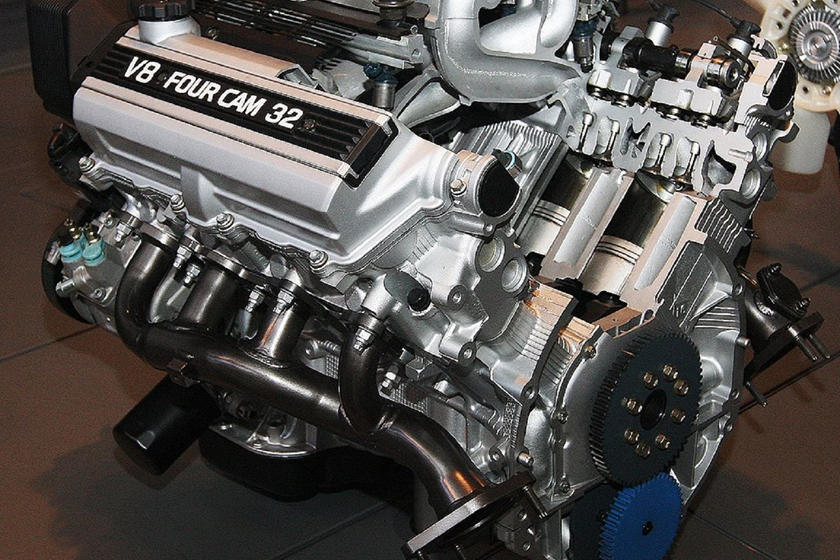
Comments
Post a Comment